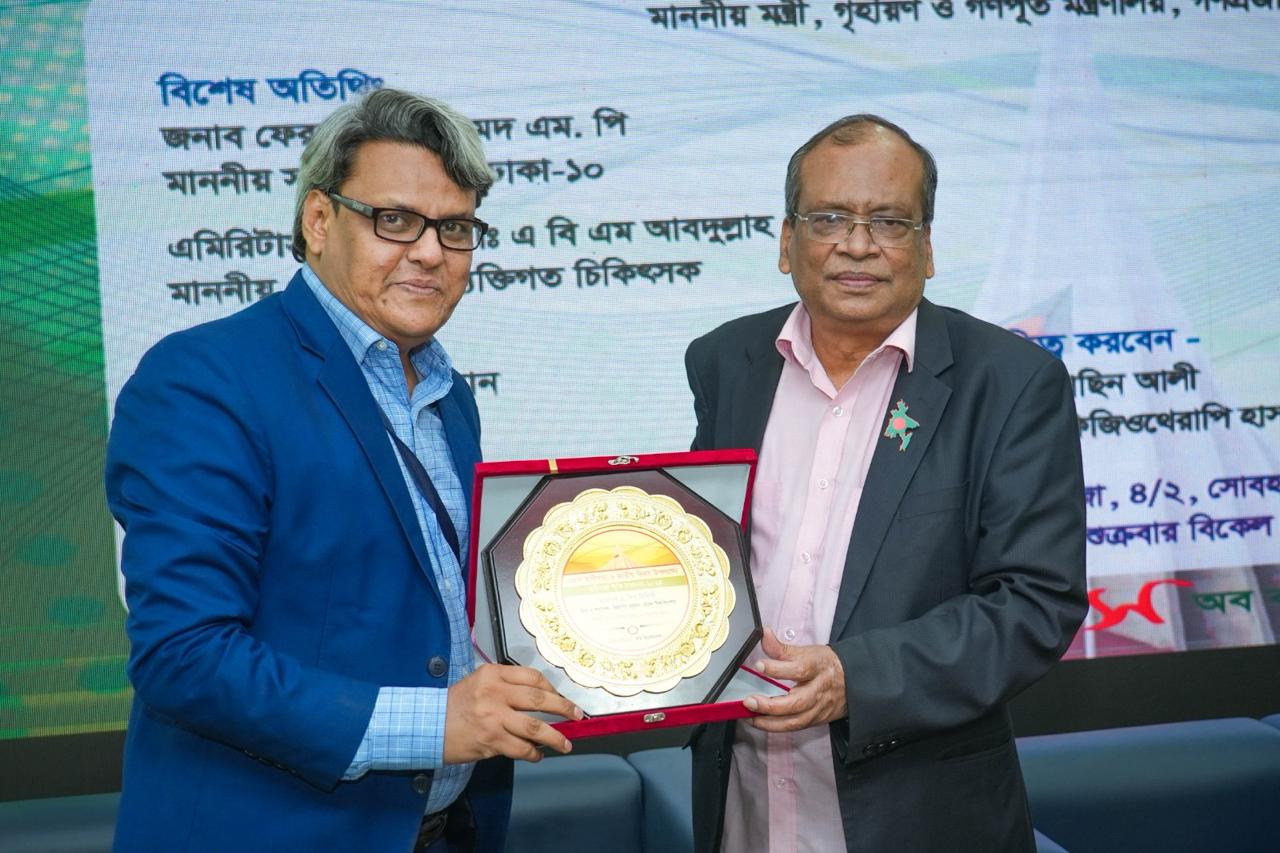For the past few years, news of baneful Suckerfish being caught in different water bodies of the country is often published in different media. The "Suckermouth Catfish" popularly known as the "Suckerfish" of Dainty Aquarium has spread to rivers and canals across the country including Buriganga, Shitalakhya at an alarming rate. It contains highly toxic chemical metal cadmium, which is very harmful to health. Even this fish is so venomed that it cannot be used as a raw material either for making other fish food or poultry feed.
In waters where oxygen levels drop to near zero due to pollution this fish can easily survive but other fish cannot survive at all. Even this fish can survive for 24 hours without water. This fish has large and sharp fins on its back. Its teeth are also quite sharp. The barbed fins of this fish are very sharp and these fins easily injure the body of other fish and later rot and die. Even if there is any kind of puncture or inject in the human body, it rots and the rot takes a long time to dry.
Eyewitnesses say that in the estuary of rivers such as Buriganga, Shitalakshya etc., these fish are always chirping and constantly taking oxygen from the surface of the water. Experts say the suckerfish survives by eating food like algae and plankton. This fish can spread rapidly even in polluted water of Buriganga Shitalakshya river. As a result, if it is high in the water body, the natural food will decrease rapidly. There is a danger of disrupting the local fish production and therefore fisheries experts have recommended the killing of suckerfish from the country's ponds or any reservoir.
It is known that Suckerfish was first brought to Bangladesh in the eighties from South America (Brazil) as an aquarium fee through aquarium traders. Its scientific name is Hypostomus plecastomus and it is thought that the fish was introduced into the water body through an inadvertent drain from a well-maintained aquarium. The fish is very popular as it cleans the algae build up in the aquarium. This fish eats dirt and keeps the aquarium clean. The Department of Fisheries says that Suckerfish has illegally entered the country. Now this fish has spread rapidly throughout the country. This fish is seen in the rivers of most districts of the country. This fish can survive in highly polluted water like Buriganga. The fish also reproduces rapidly. Also, because people do not feed this fish, it grows and spreads rapidly. Suckerfish like monster fish eat the larvae and eggs of native fish species and have a detrimental effect on fish reproduction.
The matter of concern is that this fish is rapidly spreading in the water bodies of the southern region of the country. They live at the bottom of ponds, shallow rivers with low currents, canals and bilges. They can survive in turbid, polluted and low oxygen water. A group of scientists from Bangladesh Fisheries Research Institute (BFRI) is researching the lifestyle and nutritional quality of this fish. According to them, the body of suckerfish contains heavy metals copper, zinc, lead, cadmium and chromium. The amount of cadmium found in this fish is 1.70 to 1.87 mg, which is 100 times higher than the maximum tolerated level in the human body. Other heavy metals copper, lead and chromium are less than the maximum level. However, zinc content was much higher than the maximum tolerated level of 50.00 mg (59.71 to 63.67 mg) in this fish.
Fisheries experts say that suckerfish is not used as human food anywhere in the world and they also do not recommend anyone to eat it. But it is known from media sources that many people are freely eating this forbidden fish because of ignorance and available information. Locals also know the fish by different names. In addition to Buriganga, Shitalakshya, suckerfish are seen in closed reservoirs, ponds, canals, banks and even in sewers where there is always water in different districts of the country. It is known as 'ayrebaila' fish to local fishermen. The body of this fish has black spots and hard spines like a fish. It looks very similar to the Bele (Baila) fish. Bele fishes stick to the soil, which also sticks to rocks or soil underwater. So locals named it Ayrebaila.
Regarding the study of suckerfish, a scientist of BFRI said, 'There is a need for more research on this fish. Fish have been studied from several sources. The presence of cadmium metal, which is harmful to health, has been found in it. The fish are not predatory fish, rather they collect and eat food by sucking. The threat is that they compete with other fish for food and space. The production and reproduction rate of the fish is high. As a result, if there is an excess of them in the reservoir, they will eat a lot of food like algae/periphyton, plankton. If this happens, the natural food in our water bodies will decrease rapidly. which will have a negative effect on the production of other fish. For this, suckerfish should be killed from the country's pond or any reservoir. He further said that this fish cannot be used as raw material for making other fish food or poultry feed. More research is needed on this.
The long-term operation is that it is not possible to completely remove these fishes by irrigation or netting from internal open water bodies (rivers, canals, banks) like closed water bodies. In this case, in order to prevent the reproduction of suckerfish in internal open water bodies, the initiative of producing triploid fishes through cultural management i.e. their sterilization should be taken. If these infertile fish are released into the open water, they will not be able to reproduce in the water. It will take 5-6 years to implement this program.
In December last year, some instructions were given to the field level officers of the Department of Fisheries to control suckerfish. It is said that suckerfish are being found in open water bodies and farm ponds in the country, which is alarming. Measures should be taken so that the fish cannot enter the open and closed water bodies in any way. If found in cultivated and open water bodies, it should be destroyed rather than released into water bodies. Cultivated ponds should be drained or completely drained to suppress or destroy the suckerfish. Moreover, breeding or rearing in hatcheries for marketing as ornamental fish should be stopped.
In this regard, it is requested to distribute leaflets-posters in the district and upazila and various media. Besides, in April this year, the government has written a letter to the Directorate of Fisheries through BFRI to take necessary measures for a detailed study on the spread of suckerfish in the water bodies of the country. Suckerfish is now a serious threat to aquatic fauna and biodiversity. Their main food is usually pond weeds, aquatic insects and small fish. Suckerfish eats the larvae and eggs of other fishes. Native fish cannot survive by competing with it. Therefore, appropriate measures should be taken to stop the production, reproduction and spread of this poisonous fish by any means.
The writer is a banker and columnist.



















